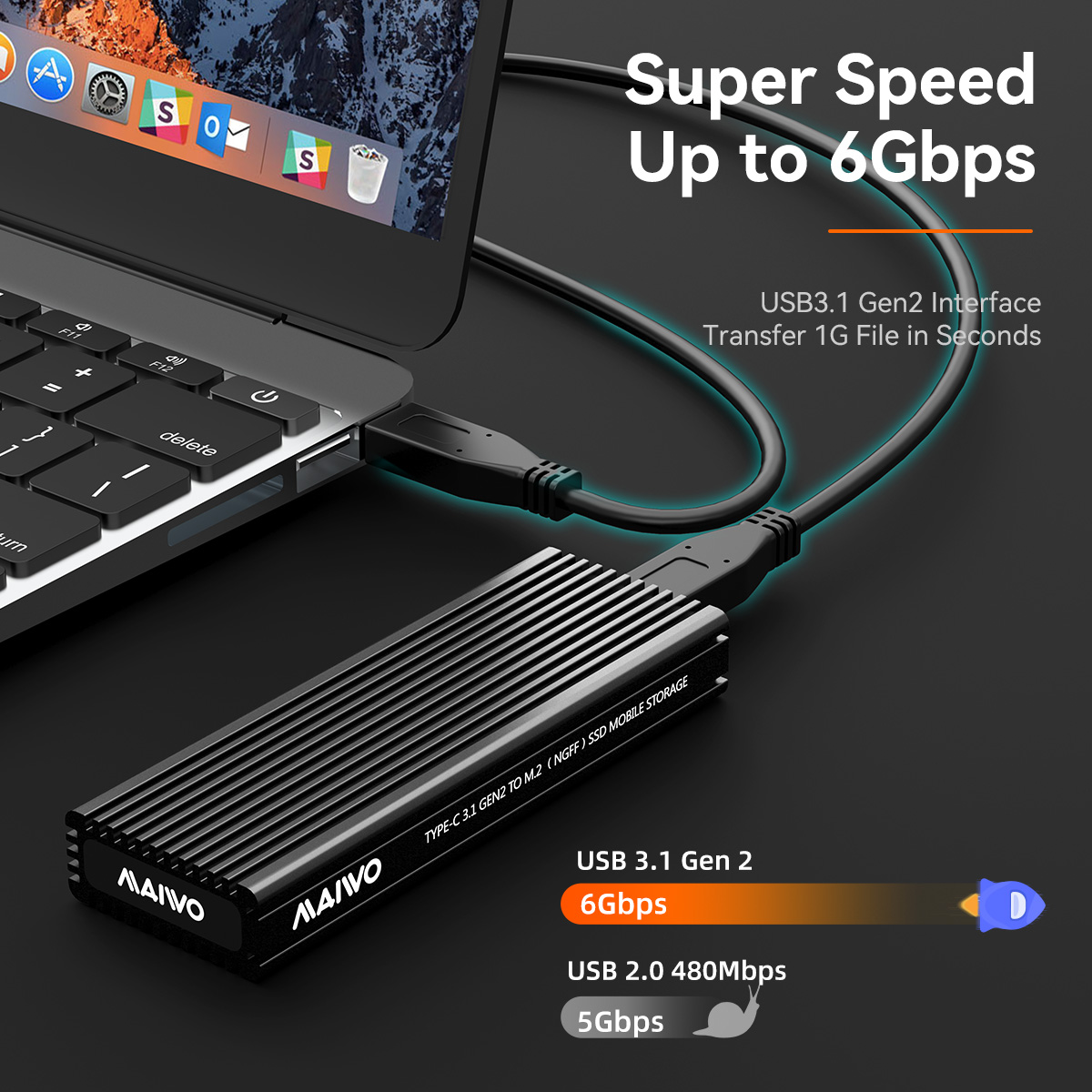Although partitioning is a common practice for organizing data on traditional hard drives, it is not recommended for SSDs. SSDs, or solid-state drives, differ significantly from HDDs in terms of technology and how data is stored. Partitioning an SSD can lead to various drawbacks, impacting performance, lifespan, and efficiency. This article aims to explore the reasons why partitioning is not recommended for SSDs.

SSDs have a limited number of program-erase cycles, meaning they can only be written and rewritten a certain number of times. Each partition on an SSD is treated as a separate entity, resulting in the SSD experiencing more write operations compared to a single partition setup.
This increased write activity can lead to accelerated wear and tear on the SSD, shortening its overall lifespan. Without partitioning, the data is distributed evenly across the entire drive, reducing the strain on any particular partition and increasing the longevity of the SSD.
Partitioning an SSD can also negatively impact performance. SSDs excel at performing random read and write operations due to their lack of mechanical components. Partitioning creates physical boundaries on the disk, making data retrieval less efficient.
Furthermore, fragmented partitions can result in scattered data across multiple physical locations, increasing access time and slowing down read and write speeds. SSDs work best when data is distributed across the entire drive without any logical separation caused by partitioning.
Partitioning an SSD can cause inflexibility in space allocation. If one partition fills up but another has ample free space, it is not possible to allocate the available free space to the filled partition without deleting and recreating the partitions.
Conversely, without partitioning, the SSD can dynamically allocate space as needed by any file or program. The absence of partitions allows for efficient utilization of available space without the need for manual intervention or resizing partitions.
In conclusion, partitioning an SSD can lead to increased wear and tear, reduced performance, and inflexibility in space allocation. To maximize the lifespan, performance, and efficiency of SSDs, it is advised to avoid partitioning altogether. By utilizing the full capacity of the SSD and allowing the drive to manage data distribution, users can experience the full benefits of this advanced storage technology.